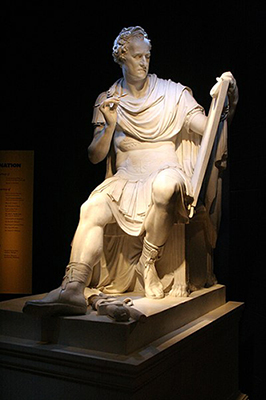See also: The Way We Lived in North Carolina: Introduction; Part I: Natives and Newcomers, North Carolina before 1770; Part II: An Independent People, North Carolina, 1770-1820; Part III: Close to the Land, North Carolina, 1820-1870; Part IV: The Quest for Progress, North Carolina 1870-1920; Part V: Express Lanes and Country Roads, North Carolina 1920-2001

When the shooting of the American Revolution died away, North Carolinians continued to work out the meaning of independence in the fabric of their daily lives. An Independent People describes how these efforts toward independence left their marks on public and private life.
Early republican North Carolina was no egalitarian utopia. Most black Americans were enslaved, American Indian people were more threatened than before the war, and all women remained subordinate to men. In the years after the Revolution, however, free North Carolinians wrote their first constitution, opened the first state university, and transformed their churches in a stirring revival of religion
By 1820, North Carolinians were facing the insistent reality that one cycle of adjustment would not be enough. The demands of independence would call for repeated bursts of wrenching transformations.
Chapter Contents
The Forest and American Indian Tribes
Planters and Enslaved People
Towns in a Rural Society
Public Life in the Republic
Higher Powers and Higher Education